It’s official. Winter is here, but you still need to care for the garden. As much as they are technically dormant, there is still work to do! I can just about hear you bubbling over with excitement! Let’s put on 12 layers of clothing and trundle outside with our big clunky gloves to work in the garden! Yippee!
Your Garden Still Needs You
This is no time to hibernate! We “Nutmeggers” (a nickname given to those of us who live in Connecticut) are hardy souls, and our plants are hardy as well, but that doesn’t mean we couldn’t all use a little extra help to get through winter. In Part One of “Care for The Winter Garden,” we’ll cover a few steps to help keep your garden healthy all winter.
In my experience, January tends to be the snowiest month. Snow can be good for your garden. In fact, lots of snow acts as an insulator for plants, helping them from drying winter winds, really cold temps and multiple freeze/thaw cycles. Plus, when it’s light and fluffy, it dresses up your garden. It’s as if Mother Nature has put on her finest winter gown replete with sparkles and is showing off her artistry for all to see.
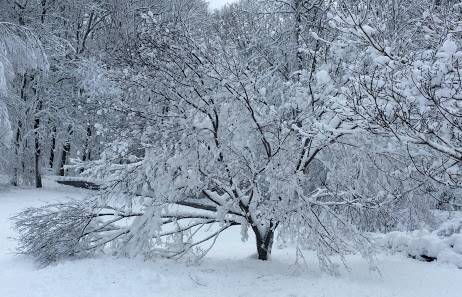
Heavy, Wet Snow Can Damage Plants
But, we all know Old Man Winter has a not so pleasant side to him. Wet snow can collect and become very heavy, weighing down branches and taking its toll on your garden. Branches can bend from the strain of the weight and even snap, succumbing to the weight when they can no longer bear it.
A number of years ago, we had such a heavy wet snow and the damage is still evident today. Birch trees, once majestic and tall, are now reduced to bent arches, permanently marred from the heavy snow. While there’s no way to prevent a heavy snow, there are some ways in which you can prevent damage. Birch trees and arborvitae are especially vulnerable as they are a soft wood and will bend with the weight of the snow and may remain permanently arched.
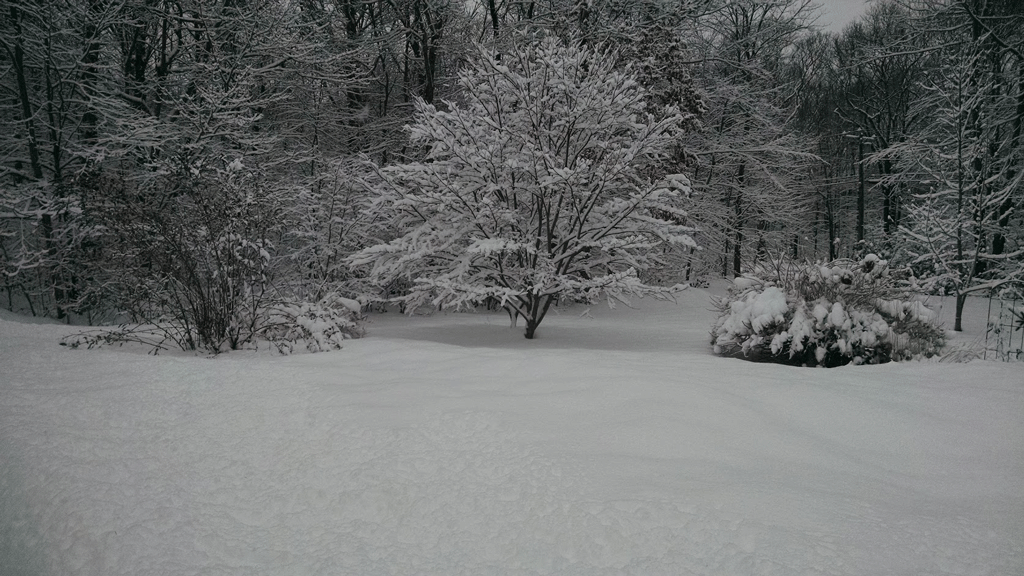
Tie the Top with Twine
If you have a relatively young tree and can reach the top 1/3 with a step ladder, go ahead and take some twine and tie the twine so that it encircles all the branches. This will allow the branches to gain strength from one another and prevent bending and breaking with heavy snow and ice.
Remove the Snow
If you can’t tie the top with twine, remain vigilant. If we have a heavy wet snow, don your coats, galoshes and mittens and go out and shake your trees (gently) so that some of the snow comes off. You can also CAREFULLY use a push broom or long stick to gently knock the snow off the branches. If it’s a long storm, you may need to brave the weather and get out there a few times.
The sooner the snow comes off the branches, the less apt there is to be permanent damage. You don’t have to get it all off, just remove enough to alleviate some of the weight and your tree or shrub should go back to its upright form. It may take a day or two, but as long as you don’t wait too long, you should be okay. Heavy, wet snow can cause trees and shrubs in clump form (those with multiple trunks or main stems) to splay, which is why those are even more crucial to care for.
Ice is Challenging, But Manageable
The same holds true for ice. Ice is especially damaging as it’s much heavier than snow. Ice can be a little more difficult to manage as it may be a little more challenging to remove than it’s counterpart, snow.
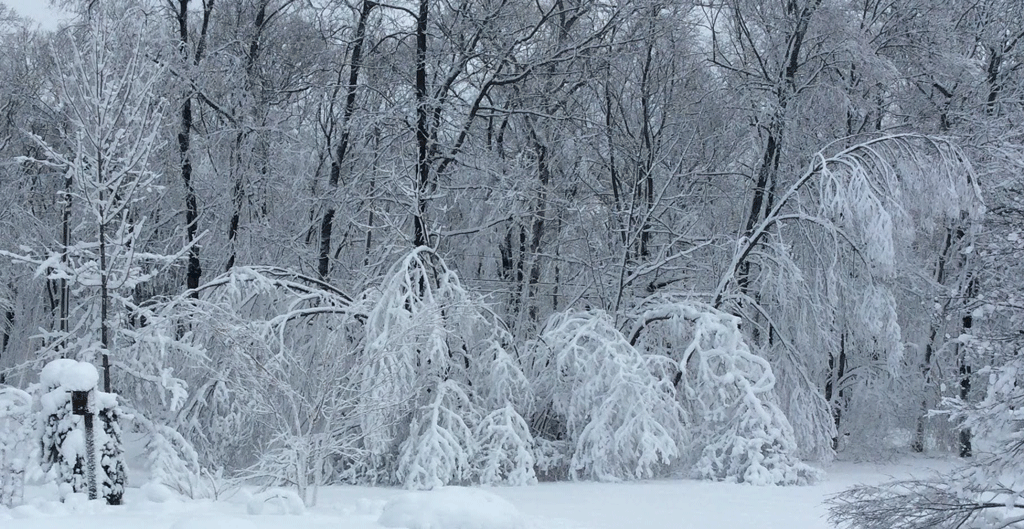
CAREFULLY go out and with a broom or long stick, gently knock the ice off the thicker branches. It should remove enough weight that your tree will straighten up. You may break a branch (hopefully not if you’re careful), but better to break a branch than lose the entire tree. The broken branch can be properly pruned. It may cause you to have a slight void in your branches, but live with it for a season before taking any drastic actions. You may find the tree fills in naturally.
Keep in mind snow affects evergreens much more than their deciduous cousins. Conifers such a pine, cypress, cedar and juniper have more surface area that heavy snow and ice collects on. You’ll want to be sure to get out and gently brush off the snow and ice as soon as you are able.
The same is especially true of broad leaf evergreens such as rhododendrons, boxwoods and hollies. I’ve seen so many boxwoods damaged from heavy snow. These seem to be the most susceptible. Pockets of brown leaves, broken branches, or branches that are altogether missing cause unsightly and misshapen shrubs.
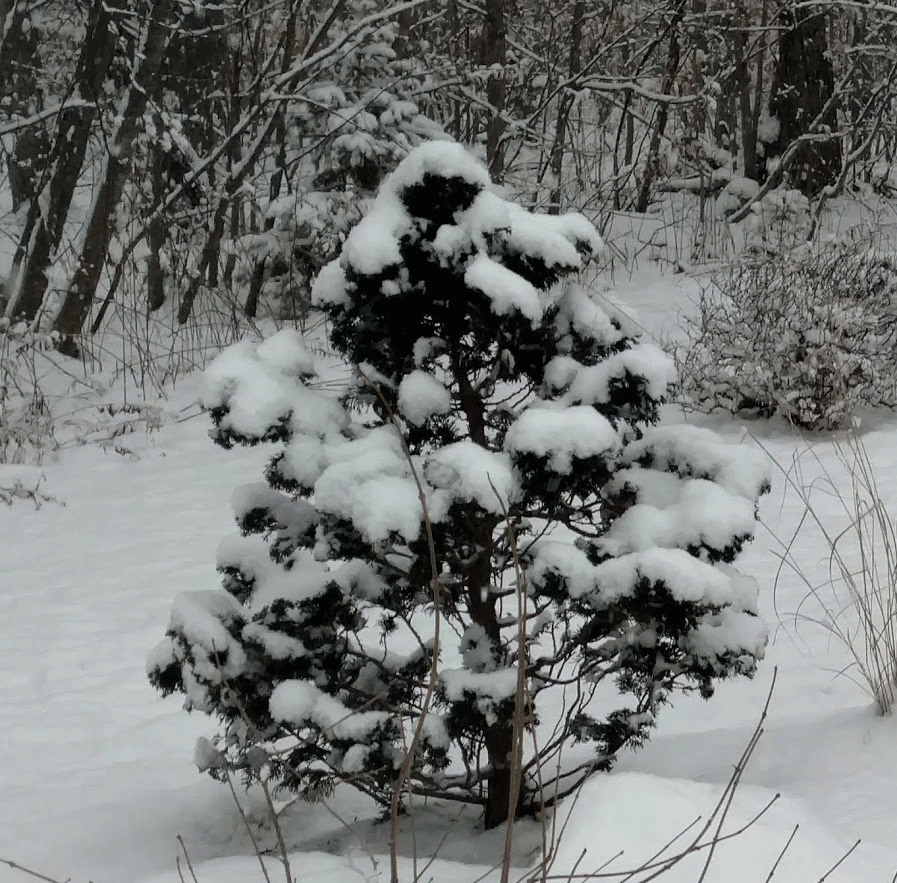
Next Up: How to Protect Your Garden from Wind
For more information about M&M Garden Designs, visit www.mmgardendesigns.com

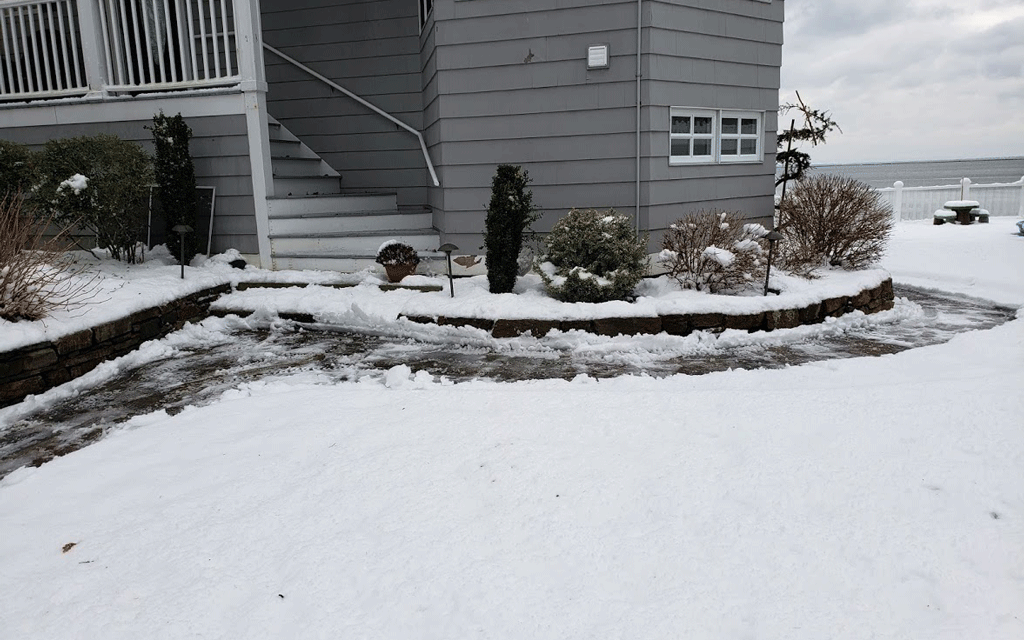





Really helpful information! I’m not much of a gardener but I can use this information. M & M Garden Design sounds like a great small business!